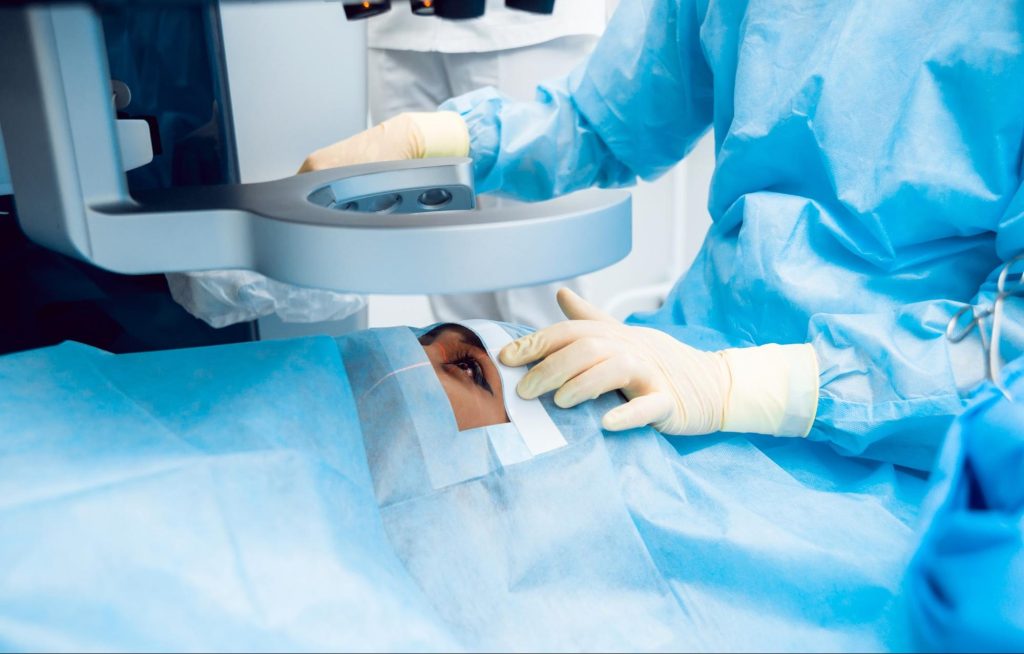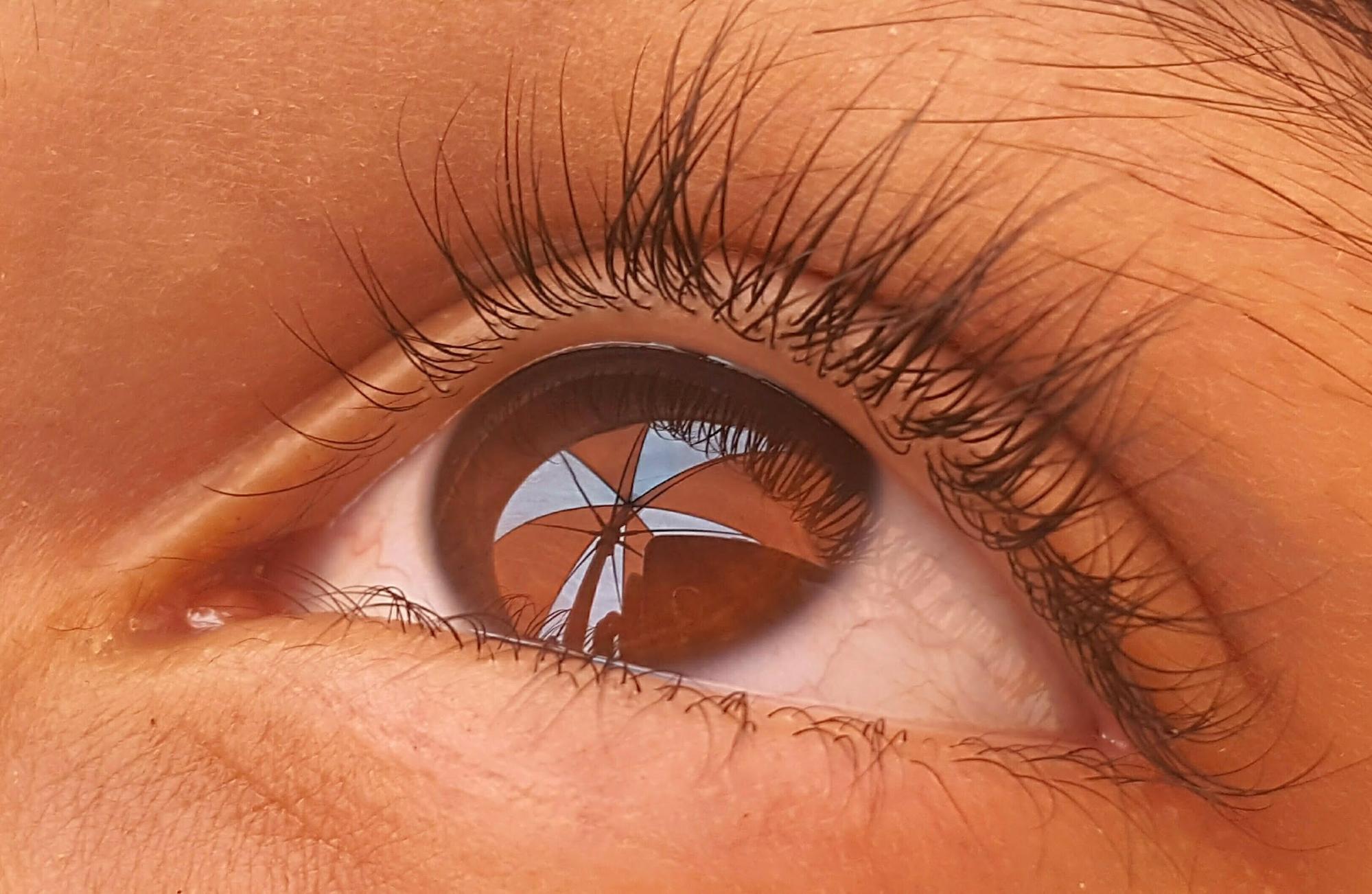Introduction to Cataracts
Cataracts occur when the eye’s natural lens becomes cloudy due to the breakdown of proteins called crystallins. This clouding can cause blurry vision, double vision, glare, and difficulty seeing in bright light. Cataracts are most commonly age-related but may also result from trauma, medical conditions like diabetes, or inherited conditions. Without treatment, cataracts can lead to significant vision loss and negatively impact daily life.
Cataract surgery is the only proven and effective method of removing cataracts and restoring clear vision. The procedure involves replacing the clouded natural lens with an artificial intraocular lens (IOL). If left untreated, cataracts may progress and eventually lead to significant vision loss, affecting daily activities and overall quality of life. Early diagnosis and timely treatment are key to preventing vision deterioration.
Types and Causes of Cataracts
There are several cataract types, each falling into different categories, with age-related cataracts being the most common. These include:
- Nuclear cataracts – form in the center of the lens.
- Cortical cataracts – affect the outer edges of the lens.
- Posterior subcapsular cataracts – develop at the back of the lens.
- Congenital cataracts – present at birth or develop during childhood.
- Traumatic cataracts – result from eye injuries..
Several factors can contribute to cataract formation:
- Aging is the most common cause.
- Family history of cataracts increases risk.
- Eye trauma or injuries
- Medical conditions, like diabetes, trigger cataracts.
- Other eye conditions such as glaucoma may also increase the likelihood of cataract development.
Cataract Diagnosis and Treatment
Cataracts are diagnosed through a comprehensive eye exam. This typically includes:
- A visual acuity test
- A slit-lamp examination to evaluate the eye structures
- A dilated eye exam, where drops are used to widen the pupils for a more thorough assessment
Common symptoms of cataracts include blurry vision, double vision, difficulty seeing in bright light, and increased glare at night. However, noticeable symptoms may not appear until cataracts have progressed and may not initially impact daily activities.

Treatment for cataracts involves surgery, which can be performed using either traditional techniques or bladeless laser-assisted technology. Both methods replace the cloudy lens with an artificial intraocular lens (IOL) to restore vision. Early treatment is important to prevent serious vision loss.
Intraocular Lenses (IOLs) Options
In the early stages of cataracts, a new glasses or contact lens prescription may help improve vision temporarily. However, surgery becomes necessary as cataracts progress.
During surgery, the cloudy lens is replaced with an artificial IOL. Types of IOLs include:
- Monofocal IOLs – provide clear vision at one distance (usually for distance vision).
- Toric IOLs – correct astigmatism.
- Multifocal IOLs – provide vision at multiple distances, reducing the need for reading glasses.
- Light-adjustable lenses – can be fine-tuned after surgery for optimal clarity.
- Extended Depth of Focus (EDOF) lenses – broad range of clear vision with fewer visual disturbances
The best choice of IOL depends on an individual’s vision needs, lifestyle, and preferences. Your eye specialist will recommend suitable options after a thorough evaluation.
What is Bladeless Laser Cataract Surgery?
Bladeless laser cataract surgery is a modern, precise method that enhances safety and customisation. This procedure uses a femtosecond laser to perform key surgical steps, replacing traditional blades with laser-guided technology.This improves precision, minimizes complications, and promotes smoother recovery.
Key laser-assisted steps include:
- Creating tiny, precise incisions in the cornea and lens capsule
- Making a perfectly circular opening in the lens capsule to access the cataract
- Softening and breaking up the cataract for easier and safer removal

Once the cataract is removed, the surgeon implants an artificial intraocular lens (IOL) to replace the natural lens. Patients can choose from various options, including light-adjustable lenses, which can be fine-tuned after surgery for optimal vision correction. This customization allows patients to achieve clear distance vision and reduce reliance on reading glasses or contact lenses.
Bladeless laser cataract surgery is suitable for treating various cataracts, including posterior subcapsular cataracts, cortical cataracts, congenital cataracts, and traumatic cataracts resulting from eye injury. Its precision is especially beneficial for patients with complex eye conditions or those at higher risk of complications.
Bladeless Laser Cataract Surgery Benefits
Bladeless laser cataract surgery offers multiple benefits over traditional methods. Using a femtosecond laser allows for:
- Create precise, reproducible incisions.
- Efficient softening and breaking up the cataract for easier removal.
- Reduce the amount of ultrasound energy needed, which can be gentler on the eye tissues.
Advantages of bladeless laser cataract surgery include:
- Greater precision and consistency
- Improved surgical outcomes.
- Lower risk of surgically induced astigmatism.
- Enhanced overall vision quality after surgery.
Recovery and Post-Surgery Care
Recovery after cataract surgery is generally quick. Most patients notice a significant improvement in vision within a few days and can return to normal activities shortly after the procedure. Eye drops are often prescribed after surgery to prevent infection and support healing. Following post-operative care instructions and attending follow-up appointments will help ensure a smooth recovery and optimal outcome.

Cataract surgery can be life-changing, restoring clear vision and improving daily functioning. Everyday activities like watching TV, reading and driving often become easier after successful surgery. With appropriate care, the benefits of surgery can last a lifetime. However, secondary cataracts – posterior capsule opacification (PCO) can develop after surgery. This occurs when the lens capsule becomes cloudy after surgery, affecting vision. A quick laser procedure can usually restore clarity.
Choosing the Right Cataract Surgeon
Selecting an experienced cataract surgeon is vital for achieving the best results. Look for a cataract surgeon who:
- Have extensive experience with both traditional and laser-assisted techniques..
- Stay updated with the latest technologies and techniques.
- Take time to explain treatment procedures and options to help you make an informed decision.
It’s important to ask questions, research credentials, and choose a surgeon you trust to meet your specific vision needs.
Prevention and Eye Health Tips
To help prevent cataracts or delay their progression:
- Wear sunglasses with UV protection
- Maintain a healthy lifestyle and diet
- Avoid smoking and limit alcohol intake
- Get regular eye exams, especially with a family history of cataracts or medical conditions like diabetes
If you notice symptoms of cataracts, such as a cloudy lens, vision problems, or difficulty seeing in bright sunlight, consult an eye doctor promptly. Early diagnosis and timely cataract surgery can help prevent vision loss and restore quality of life. With bladeless laser cataract surgery and the latest artificial lens technology, you can look forward to clearer vision and greater visual comfort in your daily life.
Conclusion
Cataract surgery is a safe, proven way to restore clear vision and enhance quality of life. With modern innovations like bladeless laser technology and advanced IOLs, patients can achieve excellent, predictable results.
Understanding your options and selecting a qualified surgeon are key steps toward clearer, more comfortable vision.



